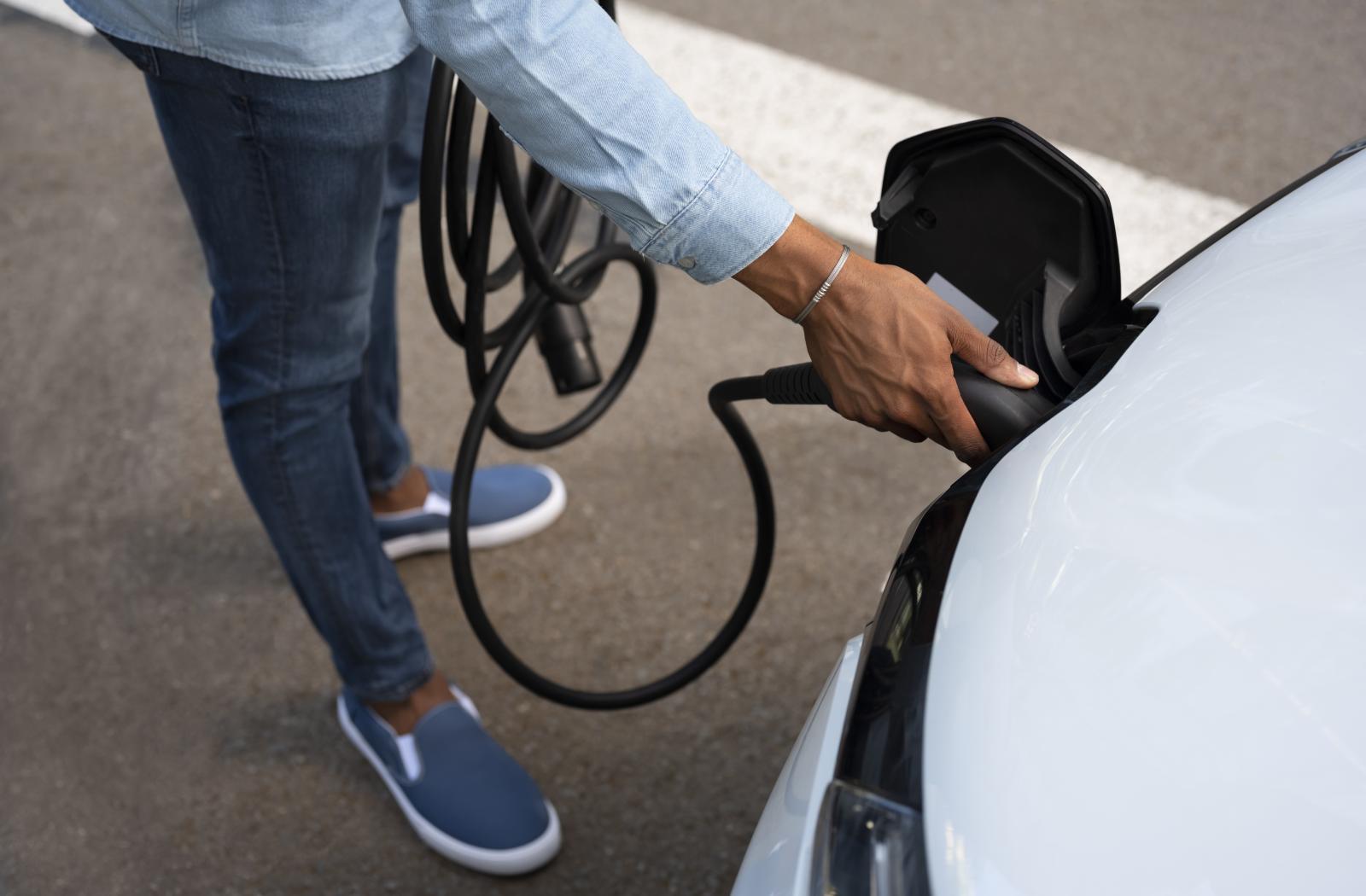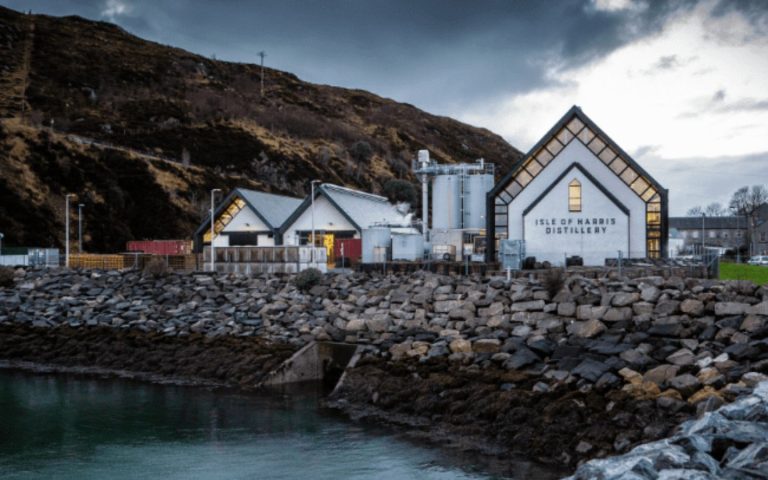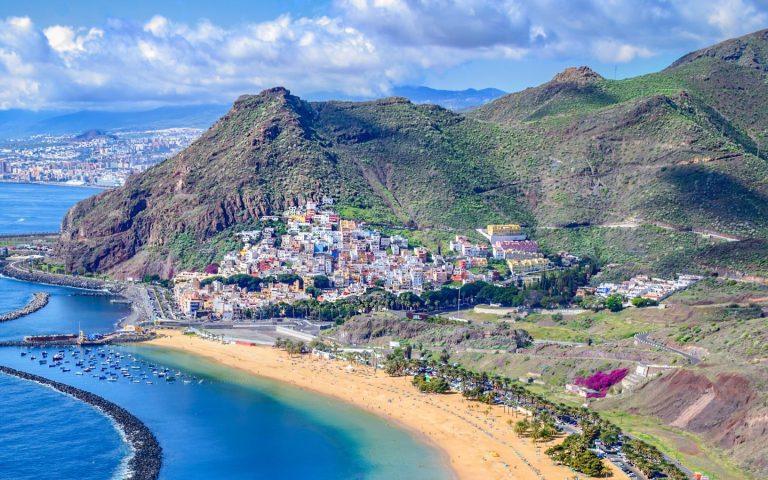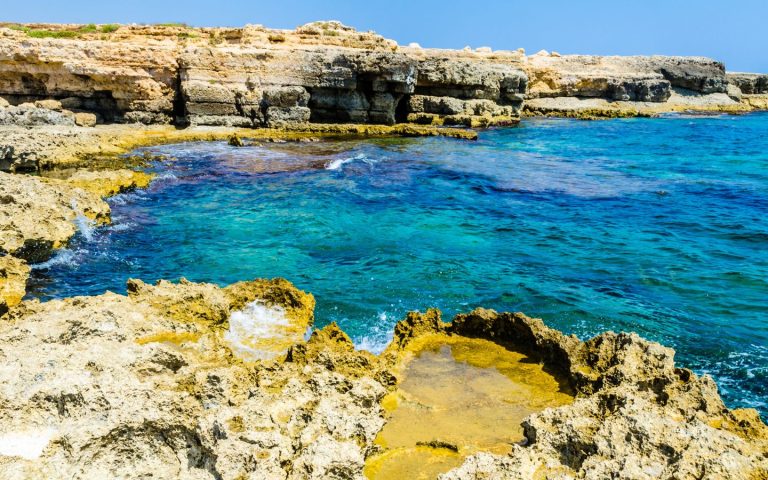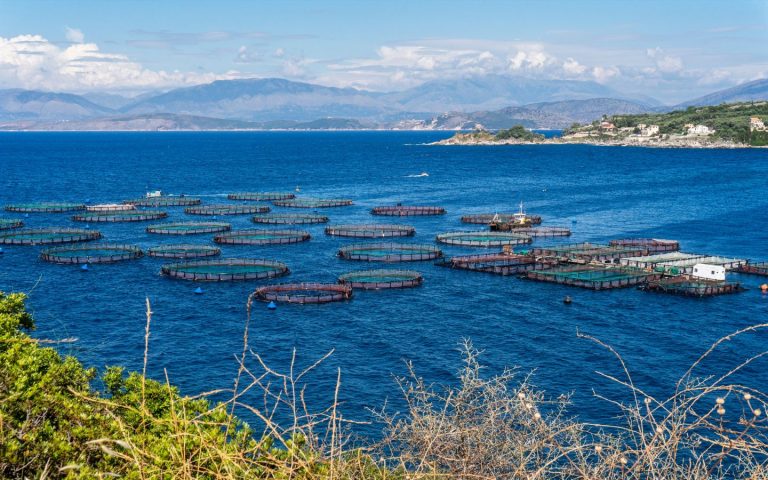Excerpt and Image from thecommonwealth.org
As countries are actively looking for ways to reduce their greenhouse gas (GHG) emissions, they should be looking at using more electric vehicles (EVs).
E-mobility offers an effective and climate-friendly alternative to internal combustion engines and as a result, global sales of EVs have grown exponentially. Yet many countries, especially small island developing states, like those in the Pacific, face specific barriers to adopting the technology.
Challenges to E-mobility adoption
Transport, a rapidly growing sector, contributes one-fifth of global CO2 emissions. There’s no doubt that decarbonising the transport sector would help to create a cleaner, healthier, climate-resilient future. However, shifting to electric vehicles presents a number of unique challenges for Pacific Island Countries (PICs).
For example, there is a higher upfront cost of electric vehicles compared to conventional ones, coupled with the added cost of batteries and chargers. In addition, small island countries often have inadequate charging infrastructure for widescale adoption.
E-mobility is on the move in the Pacific
Some countries, including Vanuatu, Fiji, Nauru, Tonga, have included EVs and decarbonisation of the transport sector in their NDCs. In addition, Fiji, Nauru, Vanuatu, Tonga, and Tuvalu have undertaken feasibility studies and are piloting increased EVs. Fiji has 20 EVs and seven charging stations and Nauru will bring in two EVs in Dec 2023 through a UNDP-funded project. Not to be left behind, Tuvalu has a pilot e-bike programme.
Solomon Islands is starting a pilot to use ten electric buses in its capital city, Honiara, with the aim of increasing the fleet over the next five years, with funding from the GEF 8 Star allocation towards e-mobility. The project was designed with assistance from the Commonwealth Climate Finance Access Hub (CCFAH).

